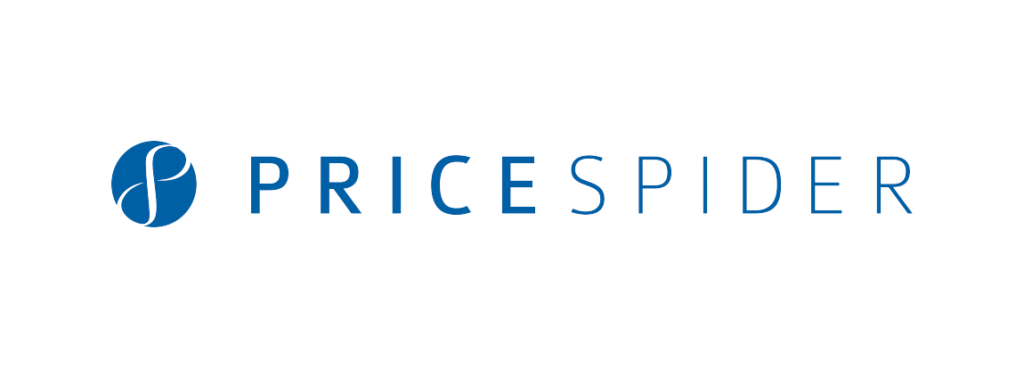As businesses enter the new year, company stakeholders and marketers no doubt have a list of goals and priorities to drive their efforts in 2017. These might include boosting profits, gaining new clients and maintaining relationships with loyal customers.There is another important item to add here: brand compliance. As we kick off the new year, establishing and managing consistency and compliance internally as well as with all of the sellers a brand works with is imperative. Today, we’ll delve into what brand compliance extends to, as well as a few tips and best practices to help your organization cement itself in 2017.
What does brand compliance actually mean?
First and foremost, it’s crucial to understand what is included with brand compliance and why this is such an important strategy for your company.
As Maja Blazevic, head of business development, HR and marketing at Crowe Horwath, pointed out, branding and maintaining compliance with that messaging represents the heart and soul of an organization. This includes creating a specific look and feel for the enterprise and ensuring that it is consistent across all channels the company uses, as well as with every seller partner. Blazevic noted that a business’s brand can contribute as much as 40 percent of its overall revenue thanks to the specific image established by the organization.
“Branding and maintaining compliance with that messaging represents the heart and soul of an organization.”
“As clients respond positively to the clarity the company’s brand establishes, the companies that will reap the market benefits are those that establish a clear brand message and pay special attention to the brand compliance,” Blazevic wrote.
Consequences of not maintaining consistent compliance
While a robust brand image and consistency across all channels can lead to considerable success and profit for a business, the opposite is true when compliance isn’t maintained. Among the crucial issues emerging here is confusion among both current and potential customers. Worse still, a lack of consistent compliance can also significantly damage brand reputation.
“When brand compliance is not enforced or encouraged consistently, it can create a gap between how clients perceive the company and how it wants to be perceived,” Blazevic noted. “As a distinct advantage companies have over their competition, branding is the best way to communicate messages to clients and [the] public about them.”
What’s included in brand compliance?
A company’s brand involves numerous elements that help create the look and feel executives and business stakeholders hope to communicate to customers. Once these items have been established, it’s important that they are reflected across the company, as well as with all organizational partners.
ProofHQ contributor Kelsey Uebelhor noted that when it comes to creating consistent branding, some of the most crucial factors include the brand logo, as well as when and how it will be used; the colors that will appear within the logo as well as on all company collateral; and other items like fonts, designs and overall messaging.
In addition to branding the company itself, it’s also essential to keep in mind the pricing the company uses for products across its seller network. Compliance and consistency here is imperative, as pricing can directly relate to customer expectations and how each shopper views the brand. A company that is consistent in its pricing across all channels, ensures that minimum advertised price policies are adhered to. This means the brand isn’t undersold by key sellers, helping to create a cohesive image of a premium organization.
Tips for maintaining brand compliance
Now that we’ve gone over what brand compliance means and what should be included, there are a few best practices to keep in mind. Following these will help ensure across-the-board compliance, both within the business as well as with other sellers in the company’s network:
- Establish approved branding policies: First, it’s imperative to create clear policies that outline the specific brand image and messaging the business is looking to achieve. These should be as detailed as possible in order to eliminate any confusion among the company’s staff as well as with partners.
- Educate employees and sellers: Uebelhor noted that it’s also critical to proactively educate employees about branding and pricing policies. This training should extend to sellers as well so that messaging and price points are always consistent.
- Enforce policies to prevent violations: In order to fully cement your brand compliance, your company must be able to enforce its policies and issues violation warnings when necessary. In this way, internal and external parties will understand the criticality of maintaining consistent compliance and will not deviate from your specific branding.
This last best practice is critical – particularly when it comes to maintaining consistency with the brand’s price policy – and can be easier said than done, especially without the right knowledge on your company’s side.
Thankfully, PriceSpider has created a service to address this challenge specifically. Price Monitoring helps ensure that your business has the oversight necessary to monitor and enforce its price policy with every seller partner. This service makes it easy to ensure consistency and can help reduce time spent manually checking seller prices.
To find out more about how PriceSpider’s Price Monitoring service can support brand compliance, contact us today.

